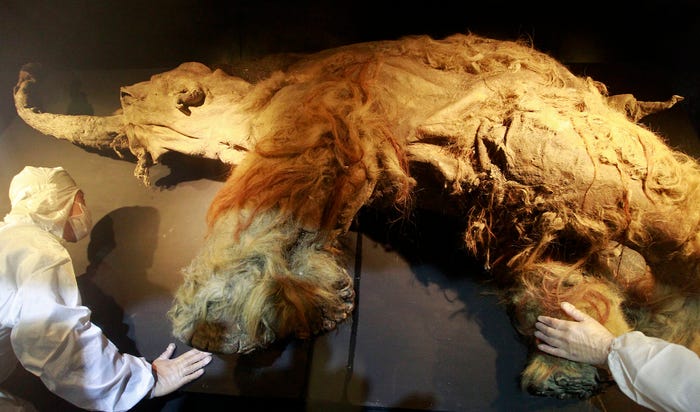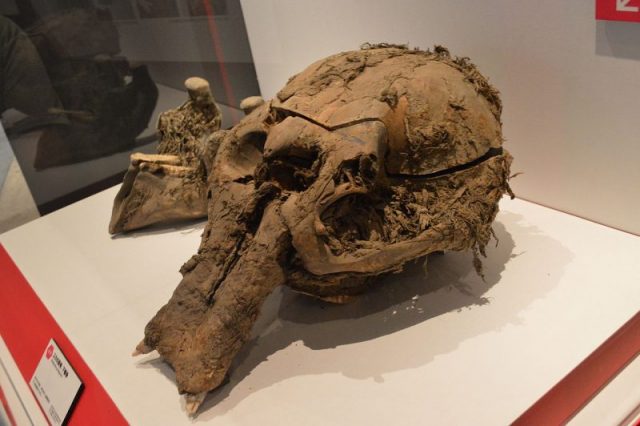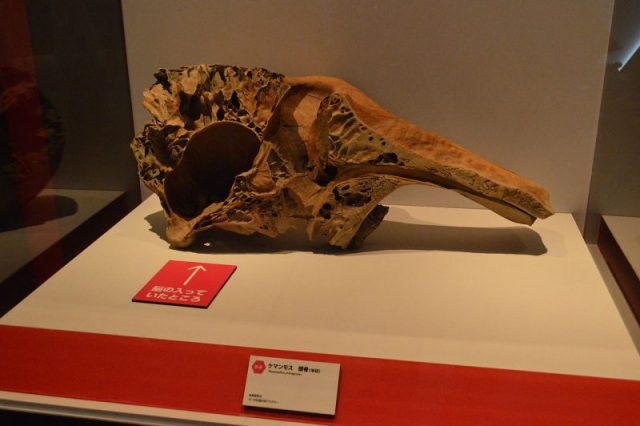
The last surviving woolly mammoth died roughly 3,600 year ago after the species began dying off towards the end of the last Ice Age, more than 11,000 years ago. However, scientists are preparing to bring this prehistoric mammal back to life and among the living.
A team of Japanese scientists, led by biologist Kazuo Yamagata from the Kindai University in Japan, have managed to extract the nuclei from mammoth cells and transplant them into a mouse. Within the experiment, the cells did show signs of “life” although their activation was very limited.

The cells belonged to a 28,000-year-old mammoth carcass known as Yuka, who at the time of her death would have been seven-years-old. The results of this groundbreaking scientific undertaking were presented in the journal Scientific Reports on March 11, 2019. Yuka, which was retrieved from the permafrost of Siberia in 2010, is one of the most pristine mammoth specimens to have been discovered.

Organic matter such as animal carcasses are indeed best preserved in the permafrost environment — cocooned in severely cold temperatures helps soft tissue, such as skin, fur or brain, to survive.
Scientists managed to take out 88 nucleus-like structures from the creature’s muscle tissue.
They then inserted the nucleic material into mouse oocytes — the immature eggs (female sex cells) which are produced in the ovaries. In order to ensure reliability of the experiment, the team also implanted cells from an elephant to a control sample.
Upon incubation, some of the mammoth cells were active, although only for a brief period of time. They completed certain processes that take place before actual cell division, including the accurate arrangement of chromosomes to spindle structures before a cell gets to split into two.

The reasons why woolly mammoths vanished from Earth in the first place have not been fully agreed upon either, but many attribute climate change that came with the ending of the last Ice Age. The rising temperatures likely threatened the majority of mammoth habitats and they began to die out. Some of the last woolly mammoth populations survived in remote regions in Siberia until approximately 9,650 years ago.
The very last of the kin surprisingly made it until circa 1650 B.C. in an isolated environment on Wrangel Island in the Arctic Ocean. After them, this giant prehistoric mammal completely disappeared.
Early humans may have also contributed to the woolly mammoth demise, hunting them for food and other resources such as their tusks and warm fur.





